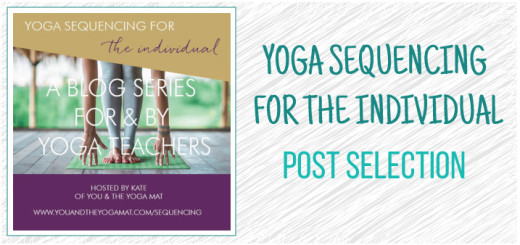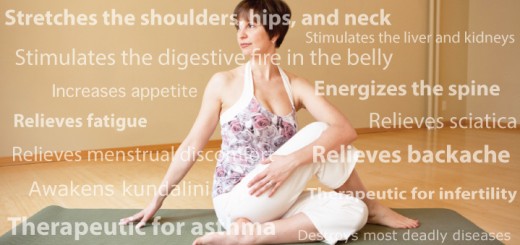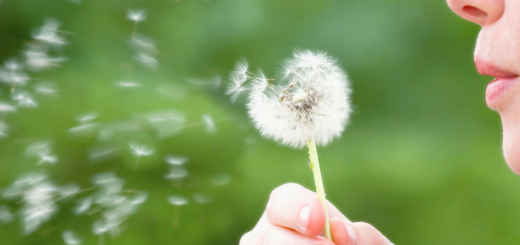How to pace movement in a yoga practice to match our client’s nervous system state
0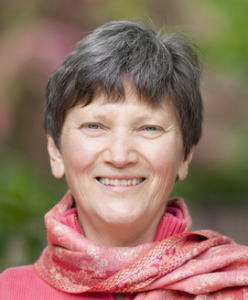
by Charlotte Nuessle, C-IAYT, BSc
When I was first introduced to the polyvagal theory, my self-image was that I spent a lot of time in the ventral vagal (safe, connected, responsive) state. Yet I judged myself harshly when my system shifted into a protective state and things got messy. Part of me just wanted to live in the ventral vagal state (forever). With a lot of self-kindness and humility, I gradually became honest with myself about my shifting states, accepted how these responses have kept me safe, felt how deeply I’ve experienced dys-regulation in my own life, and engaged with anger and collapse in new ways.
Deb Dana says that we need enough of an anchor in the ventral vagal state to get curious about signals of danger without our system manifesting full-blown protective responses of fight-or-flight or shut down. Humility helps cultivate curiosity to explore these protective states.
Yoga has many practices that support our system in returning to balance. From the polyvagal perspective, we want to choose practices that resonate with a “yes” in our client’s nervous system. Or, as Deb Dana said, at least “maybe.”
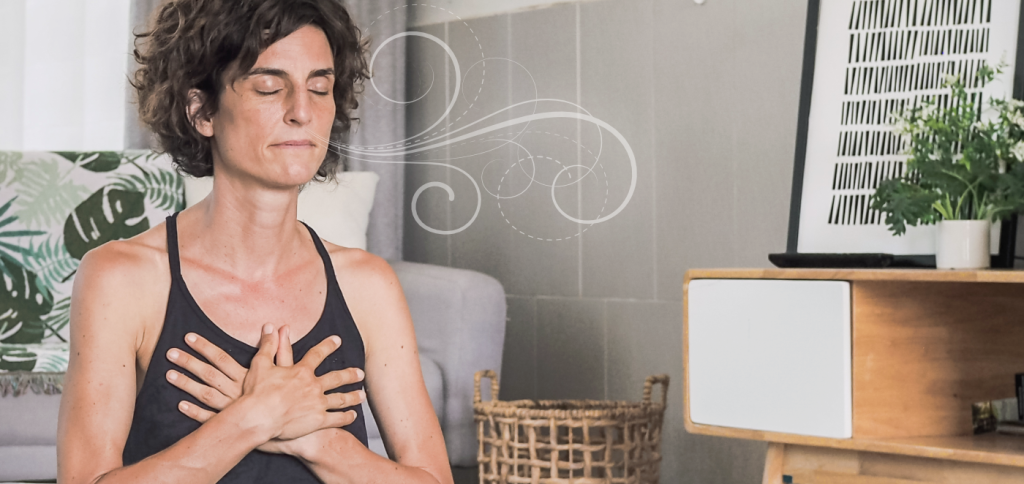
Here are three tips for adapting yoga asana to honor our client’s nervous system rhythms.
1. In a dorsal vagal shutdown response, invite simple movement.
Remember the tortoise? Here’s an example of how simple a movement can be:
Gently cross the arms over each other. Notice if self-touch feels comfortable. If crossing the arms over each other isn’t comfortable, perhaps a hand/s on the side of the face or resting the hands in the lap. Softly rock from side to side. Let the client’s body lead. It might be imperceptible.
Explore finding a gentle movement that brings the client into a safe ventral vagal place. Follow the client’s timing. Try it for just a few moments. Less is often more.
Simple movement can be one way to start a transition from a dorsal vagal shutdown response toward being safely engaged in a sympathetic response. Check in with our client. Listen to how their body responds.
2. Embody a supportive relationship with the ground.
In my training with Amy Matthews, she guided a body scan in Savasana, taken from Bonnie Bainbridge Cohen’s work of Body-Mind Centering. The experience involved finding a genuine relationship with gravity, allowing the body to settle into the support of the ground, releasing “what this area of the body no longer needs to carry,” and embodying a felt sense of support.
This kind of exploration integrates the support of the earth. As the body receives support, whatever is ready to be released can let go through its own wisdom.
Bring awareness to an area that is in contact with the ground. One area Amy Matthews worked with was the back of the head, specifically the bones of the skull. As awareness rests in the back of the skull or another area of contact, a sense of being safely held by the ground is possible.
This is a felt sense of a ventral vagal connection with the ground. We can invite our clients to build memories of a genuine felt sense of connection on and off their yoga mat. I call this embodied safety.
3. Lightly touch the breath.
Breath practice pretty reliably shifts us back to balance. Yet some of our clients may not have a natural or comfortable relationship with their breath. Since the breath happens at a subtler level, paying attention to the breath requires dropping into our inner world. Paradoxically this can trigger a felt sense of not being safe, a remembered experience in the body when there wasn’t a choice about becoming still, a dorsal vagal protective response, as with trauma.
Consider these ideas:
- Keep breath explorations brief, for example, three breaths, as clients find a genuine relationship with their breath.
- Drop any sense that breath is a cure for everyone and everything.
- Prepare for your client’s session ahead of time. Keep it simple.
- Invite the client to sense how their nervous system responds as they venture into breath.
Listen for their cues. - Give permission to explore how the breath moves on its own; create spaciousness with language.
- Discover if there are images in nature that describe the breath – how wind moves through the leaves of a tree, the quiet ebb and flow of a tide, or rippling on the surface of a pond.
- In the Viniyoga tradition, we build breath awareness with simple movements: an arm raised overhead lengthens the breath; a supported forward bend deepens the exhalation.
- Come back to a simple breath awareness – three breaths – at the beginning and the end of a practice. Compare the experiences.
Movement of the breath can be a gift. The inhalation gently stimulates the sympathetic nervous system; the exhalation, the parasympathetic system. Each breath can be a reminder of balance, a ventral vagal state, resting in what is.
If it’s too much of a challenge for our client to focus on inhalation and/or exhalation, let it go. The body gives a powerful message about its nervous system state, even without incorporating formal breathing practice.
Breath is a concrete way to practice less is more. Less effort, less judgment or cueing about getting it right. More room for the client to establish being home inside as a safe place, in their body’s own unique, intelligent way.
Recommended reading
- Deb Dana, Polyvagal Exercises for Safety and Connection: 50 Client-Centered Practices
- Deb Dana, The Polyvagal Theory in Therapy: Engaging the Rhythm of Regulation
- David Emerson, Trauma Sensitive Yoga in Therapy: Bringing the Body into Treatment
- Amy Matthews, Video and Audio Courses
- Gary Kraftsow, Yoga for Transformation
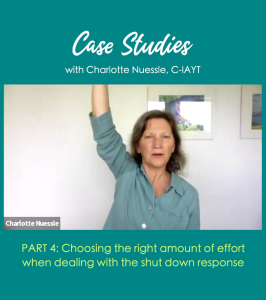
Check out Charlotte’s Real-Life Case Studies video series on the Sequence Wiz community site. (Available exclusively to Sequence Wiz members. Learn more about Sequence Wiz membership >)
Part 1 (released): Looking for cues from the client’s nervous system
Part 2 (released): Embodying non-linear movements from nature to come out of protective stress response
Part 3 (released): Using caring touch to reconnect with the body and accept what is
Part 4 (coming this Friday): Choosing the right amount of effort when dealing with the shut down response
We will release Charlotte’s case studies once a week on Fridays; join our Case Studies group to follow along!
[jetpack_subscription_form]
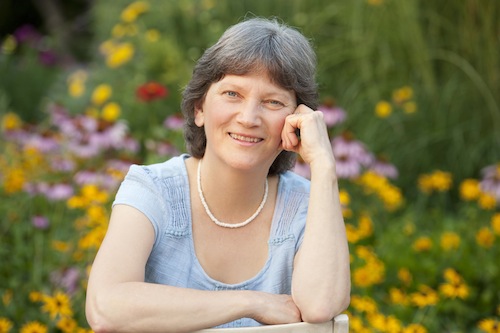 About Charlotte
About Charlotte
Charlotte Nuessle is an internationally certified yoga therapist through IAYT, with BSc in gerontology. She had dedicated almost twenty years to service at Kripalu Center and had offered adaptive yoga/body-based & mindfulness practices in senior living communities. She had been a consultant with AARP Oregon, and Providence Medford Medical Center, and she had guided Trauma Informed Yoga groups for those managing PTSD. Charlotte specializes in working with students who are dealing with issues around age, illness, grief, and death. She’s informed by three wisdom approaches: yoga therapy, resilience and understanding our human nervous system through polyvagal theory. Read more about Charlotte and her work >

